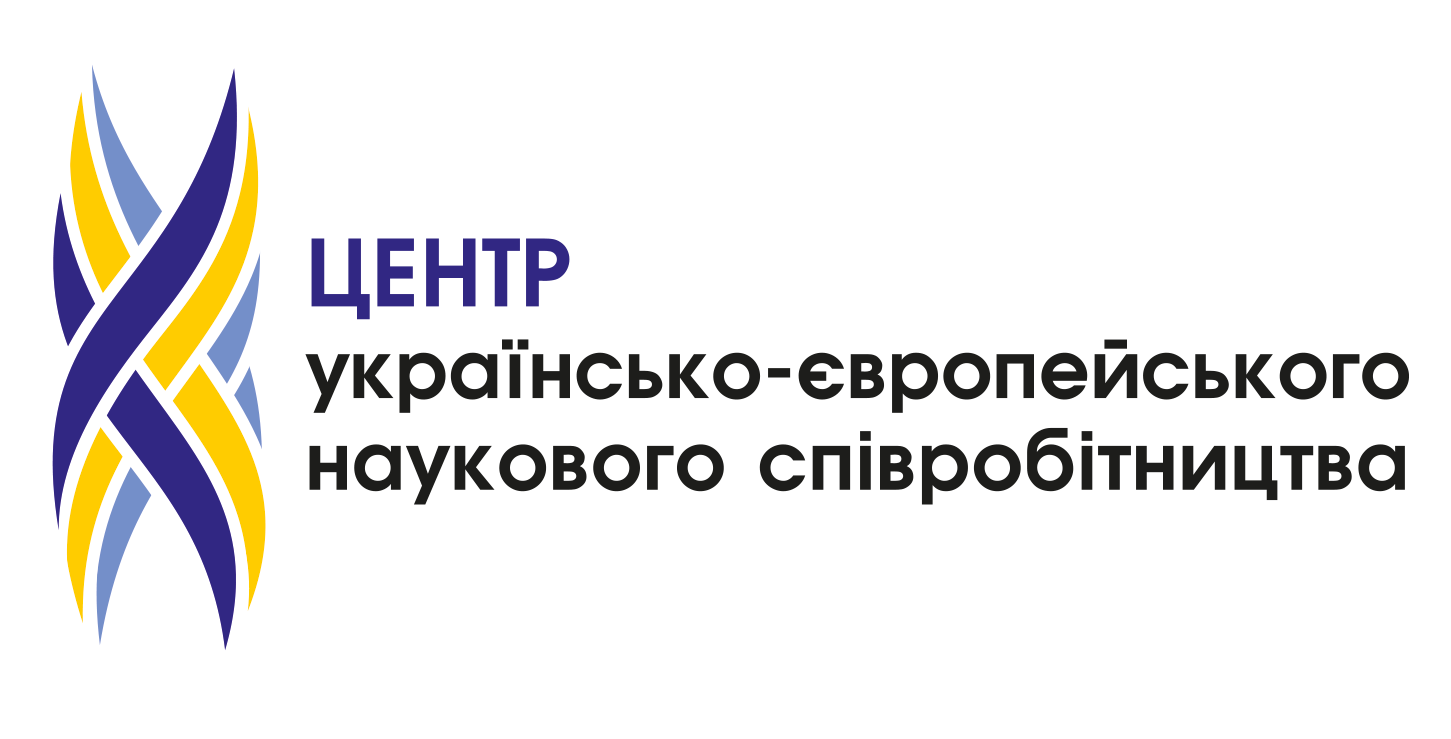 Key Features of the Education System
Key Features of the Education System
Education in Albania is provided by both public and private institutions at all levels.
The Ministry of Education, Sports and Youth [Ministria e Arsimit, Sportit dhe Rinisë] is responsible for Pre-university Education.
The Minsitry of Finance and Economy [Ministria e Financave dhe Ekonomisë] is responsible for VET.
Higher education: According to the Constitution, the Government and Parliamentary Bodies determine the educational policy for tertiary education. They are responsible for drafting and approving laws, bylaws and other regulations and for carrying out the other activities in the field of tertiary education provided for by law. Article 57 of Albanian Constitution states that everyone has the right to access education and basic education is mandatory for all. The same article guarantees in principle the autonomy of higher education institutions.
Stages of the Education System
In Albania the following forms of education can be distinguished: Pre University education, Higher Education.
Pre-University Education
Obligatory education age in Albania is from 6 to 16 years old and includes the basic education level described below. Classification of pre-university education in Albania is done based on codes 0, 1, 2, 3 based on “International Standards of Education” approved by General Conference of UNESCO in 1997. Based on this classification the following forms can be distinguished:
- Pre school education [Arsimi parashkollor] starts from 0 to 6 years old in the Albanian education system. It is not obligatory. Institutions offering pre-school education are needles [çerdhet] and kindergartens [Kopshtet]. Needles depend by local governance units and serve to children 0 to 3 years old. Kindergartens on the other hand are frequented by children 3 to 6 years old and are dependent by Ministry of Education, Youth and Sports. Kindergartens can be half boar and full board and organize their activities based on programmes developed by the Ministry.
- Basic education [Arsimi Bazë] starts at the age of 6 and ends at the age of 16 years old and is compulsory. It is composed by two cycles:
- primary cycle [Arsimi fillor] coded with 1 and composed of five classes (classes I-IV) and
- lower secondary education [arsimi i mesëm i ulët] composed by four classes (classes VI-IX). The pupils that are 16 years old but did not complete primary education can complete it in part-time schools. Basic education for pupils with limited abilities is organized in special schools, in special classes within normal schools or integrated in normal classes.
- Higher secondary education [Arsimi i Mesëm i lartë] is optional and starts at the age of 16 years old. Higher secondary education in Albania is composed by:
General Higher Secondary education [Gjimnazet]. This type of higher secondary education leasts for three years and is composed by three classes. Pupils that are 23 years old but did not complete this type of education can follow it on part-time basis.
- V high schools [Shkollat e Mesme Profesionale] has a duration of two to four years. It is structured at three levels based on Albanian National Qualification Framework.
- Oriented Education Schools [Shkolla të arsimit të orientuar] include art schools, sport schools, foreign languages schools and schools oriented in other education areas. Admission in these institutions is done based on specific criteria set by specific Decision of Council of Ministers.
All types of higher secondary education mentioned above are completed once the State Matura Exam is finished. Matura exams include three common subjects namely Albanian Language and Literature, Math and one foreign language. They also incude subjects by choice which are defined by guidance of Minister of Education. Organization and development of national state matura exams are regulated by guidance of Minister.
Higher Education
Higher education institutions in Albania are both public and private. Currently there are 16 public universities and 26 private higher education institutions. They operate in Tirana as well as in the main regions. Funding sources of public higher education institutions are: state budget, student tuition fees, income from services rendered or generated by third parties, donations, scientific activities, international projects, bilateral or multilateral agreements, funding from special funds.
Structure of the National Education System

Resource: https://eacea.ec.europa.eu/national-policies/eurydice/content/albania_en









